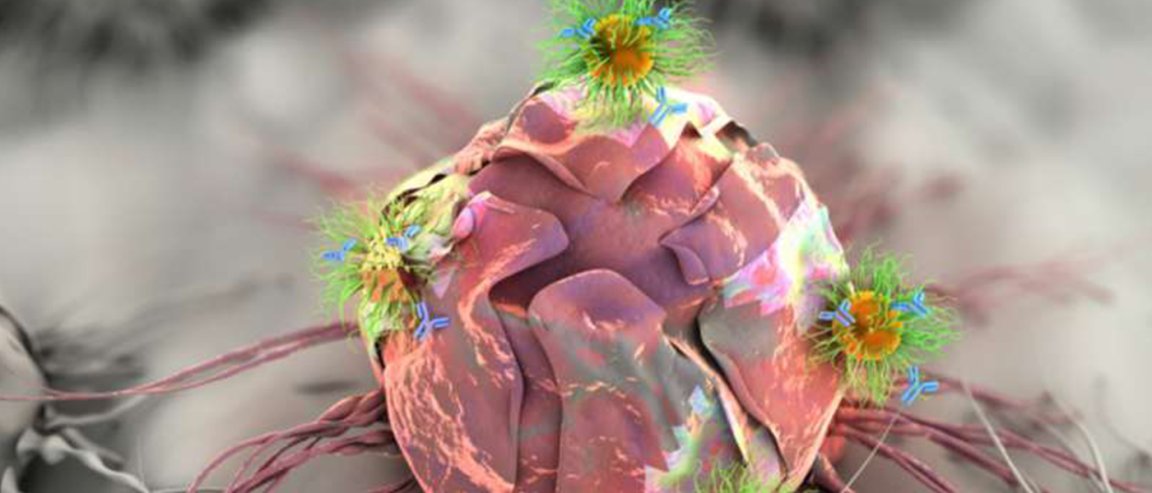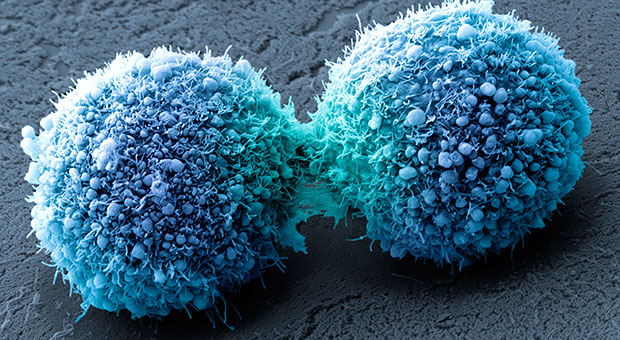
Golden Patch
Researchers at MIT are developing an adhesive patch that can stick to a cancer tumor site, either before or after surgery, to deliver a triple-combination of drug, gene, and photo (light-based) therapy.
By releasing a triple combination therapy at the tumor site, it may increase the efficacy of the treatment, according to lead scientist Natalie Artzi.
Cancer tumors are usually removed in surgery, as a first line of treatment is surgery, but even if the tumor could be removed, some cancer cells can be left behind. Whole-body therapies, such as chemotherapy drugs, lack of specificity means that only 0.7 percent of nanoparticles administered systemically found their way to the tumor.

The patch contains gold nanorods that, when heated up, will release a chemotherapy drug that will target the tumor and its surrounding cells. The gold nanospheres that do not heat up in response to the near-infrared radiation are used to deliver RNA, or gene therapy to the site, in order to silence an important oncogene in colorectal cancer.
The patch can also serve as a neoadjuvant, a therapy designed to shrink tumors prior to their resection, Artzi says.
Works For Test Mice
Researchers tested the patch in mice and found that, in 40 percent of cases where the patch was not applied after tumor removal, the cancer returned. But when the patch was applied after surgery, the treatment resulted in complete remission.
In the next phase of their work, the researchers hope to move to experiments in larger models, in order to use colonoscopy equipment not only for cancer diagnosis but also to inject the patch to the site of a tumor, when detected.